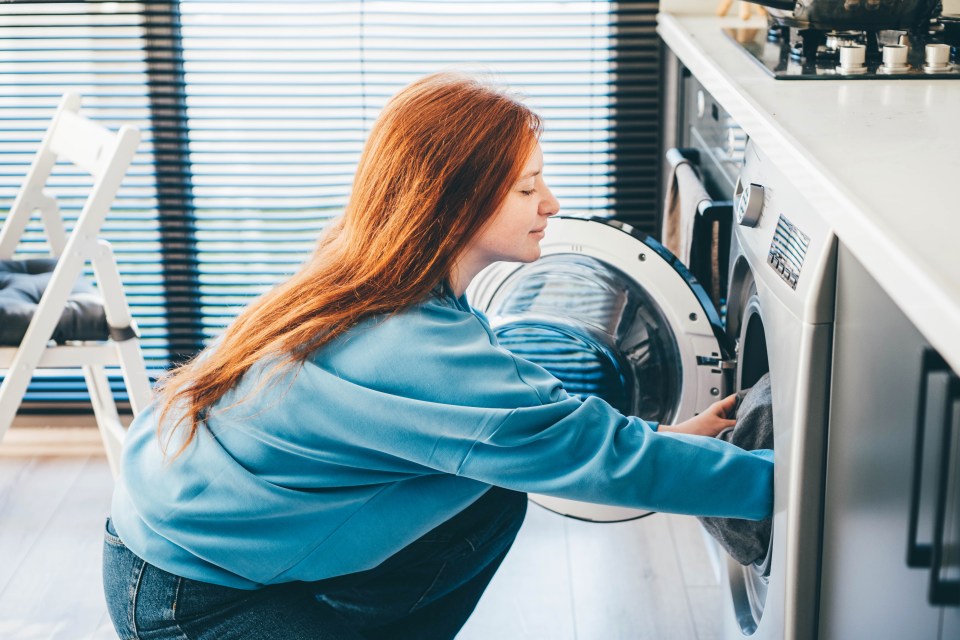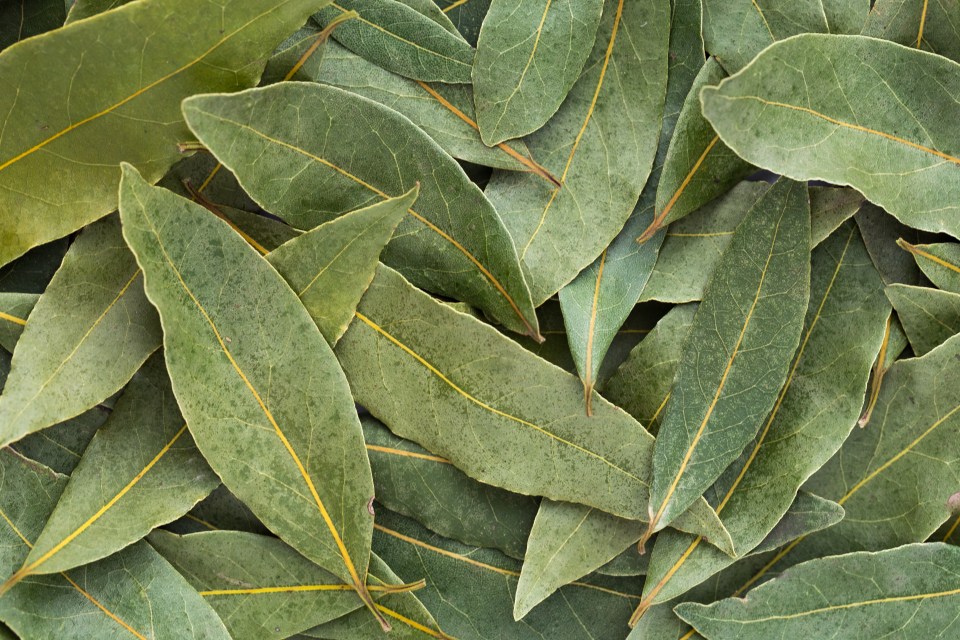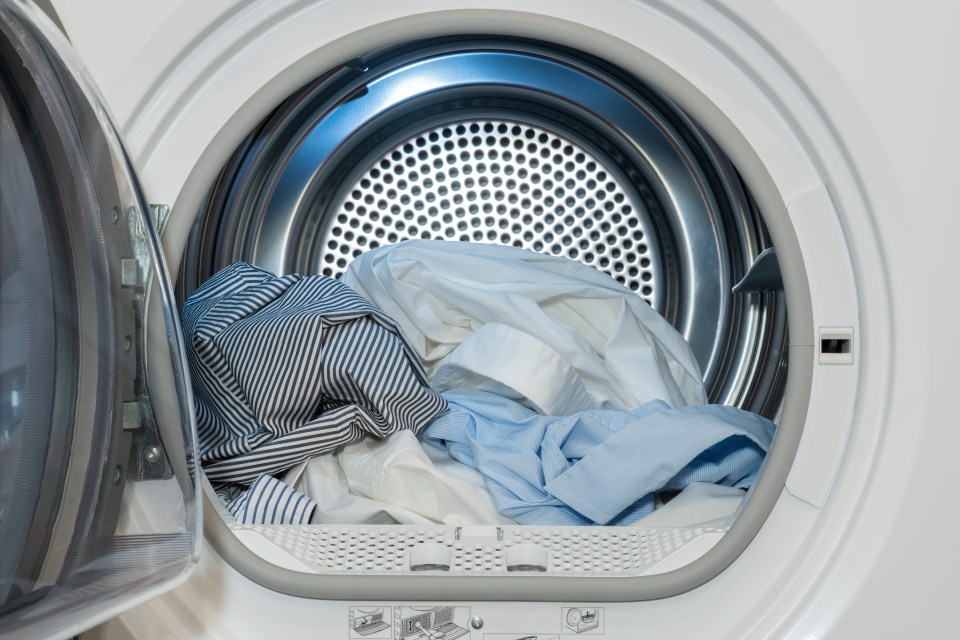YOUR laundry routine could be transformed with the help of a £1 seasoning.
Bay leaves are most commonly used to flavour hearty dishes such as soups or stews, but they also have another hidden use.
For thousands of years, the leaves have also been used for their antibacterial and antifungal properties.
If you toss a handful of the budget leaves in to your washing load, they are said to banish harsh odours such as sweat and cigarette smoke.
How does it work?
As the laundry spins in the machine, the leaves release compounds that eliminate bacteria, instead of simply masking the smell.
Plus, they can also help to keep your washing machine clean.
Read more laundry stories
Over time, washing machines can end up smelly and mouldy, due to a build up of detergent.
However, if you add bay leaves to your machine, they prevent odour causing micro-organisms from growing.
To try out this hack, place a handful of dry bay leaves into a fabric bag, and stick it in alongside your washing load.
Make sure to use detergent as well, as the leaves are not a replacement, but an addition to your laundry routine.
A stain-remover too
YouTube account Clever Hacks, also revealed that you can use bay leaves to remove tough stains.
“A simple trick with bay leaves will save your clothes”, they said.
“Simply throw a few bay leaves into the washing machine with your stained clothes, choose any setting and the stain problem should disappear.”
The Youtuber added, that if the stains are particularly bad you can place your clothes in a pot of boiling water with a handful of bay leaves, and leave them to boil for three hours.
“The squeeze out the clothes and throw them in the washing machine with detergent”, they added.
“Take the clothes out and enjoy their cleanliness.”
Laundry tips
Catherine Green, sustainable cleaning expert at smol shared her laundry tips.
How often should you be remaking your bed?
When it comes to your bed, maintaining a hygienic sleep setup can actually improve your sleep quality, helping you start every day better.
Most people shed 500 million skin cells per day and a lot of that ends up in bed for dust mites to feed on. And those with asthma or allergies might see symptoms worsen by sleeping on dirty sheets!
You want to be washing your sheets once a week – or every 10 days if you don’t suffer from allergies and wear nightclothes. Bedding builds up with sweat, skin cells and oils quickly, even if it doesn’t look dirty.
Using an effective detergent like smol’s will still give you a great clean on a 20°C cycle – that’s better for the planet and your energy bills!
What temperature do smol recommend then?
For your regular weekly washes I recommend washing most loads at 20°C for 30 minutes. It’s gentler on fabrics, slashes energy use, and still delivers excellent stain removal with the right detergent. A colder wash can actually be more effective if you opt for a bio detergent as its enzymes need cooler water; too hot and they lose their ability to digest stains. A wash at 60°c (unless you have silk sheets) every now and again can help kill off dust mites and other nasties.
What’s the difference between bio and non-bio detergent?
Bio detergents contain enzymes, which are especially good at breaking down tough stains like food, grass, or sweat. It’s best used in mid to low temperature washes (ideally between 20-40°C) as anything hotter can cause them not to work effectively.
Non-bio skips the enzymes, which in turn makes it more suitable for those with sensitive skin or allergies. Although non-bio doesn’t contain enzymes, it’s still great at removing stains and keeping your clothes clean, you just may need to use a slightly higher temperature setting to aid with the cleaning process.
However, not everyone is convinced of the effectiveness of bay leaves.
“I am not aware of any studies on the effectiveness of bay leaves in washing machines against bad odours,” Dr. Bernd Glassl from the German Cosmetic, Toiletry, Perfumery and Detergent Association told MyHomebook.
The expert confirmed that bay leaves do have anti-microbial properties, but added: “Assuming that’s true, I wonder how many leaves would be needed for the concentration of the active ingredient to be sufficient to have an antimicrobial effect in a washing machine when diluted with water.”
Sceptical of the hacks effectiveness, the Dr instead recommend alternative hacks to keep your laundry smelling good, such as removing laundry promptly after a load is finished, and leaving the machine open after use, so that it can dry out.
The expert also recommend cleaning the detergent drawer regularly and doing a hot wash with bleach once a month.















